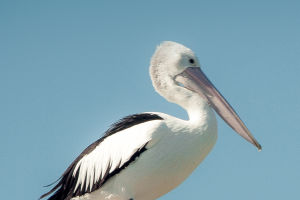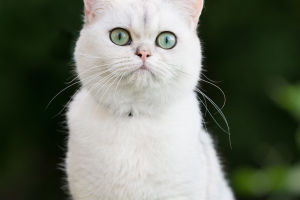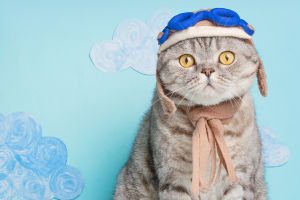The white peafowl is a mutant species of blue peafowl.
On average, only one white peafowl can mutate out of every thousand blue peafowls, which is very rare.
So it is not an independent new species, but a product of nature's genetic entry mutation, not an albino blue peafowl.
However, after a long period of breeding and protection, the white peafowl has now reached a state where the population is self-sustaining.
Similar to other peacocks, white peacocks prefer to live in hilly forests, dry semi-deserted grasslands, shrubs and deciduous forest areas, especially near water. Early in the morning and evening it follows its flock to the fields to feed, preferring to nest on the ground but roosting in trees, feeding mainly on seeds, insects, fruits and small reptiles.
The white peacock's diet is mainly plant-based, but it also eats locusts, crickets, moths, termites, frogs, lizards and other animals. In the case of captivity to corn, wheat, bran, sorghum, soybeans and soybean cake and seed grass, plus fish meal, bone meal, salt, gravel, multivitamins, trace elements, amino acids, additives, etc. can be based on the feeding situation.
Similar to other peacocks, white peacocks prefer to live in hilly forests, dry semi-deserted grasslands, shrubs and deciduous forest areas, especially near water.
Early in the morning and evening it follows its flock to the fields to feed, preferring to nest on the ground but roosting in trees, feeding mainly on seeds, insects, fruits and small reptiles.
The white peacock's diet is mainly plant-based, but it also eats locusts, crickets, moths, termites, frogs, lizards and other animals.
In the case of captivity to corn, wheat, bran, sorghum, soybeans and soybean cake and seed grass, plus fish meal, bone meal, salt, gravel, multivitamins, trace elements, amino acids, additives, etc.
It can be based on the feeding situation.
It likes to eat fruits such as pears and yellow bubbles, and also eats foods such as rice, sprouts and grass seeds, in addition to some insects such as crickets and locusts, and some small reptiles.
Animal food is mainly based on termites.
However, in the wild, white peacocks also eat juvenile cobras.
It is easy to identify male and female peacocks.
Peacocks that open their screens are male peacocks, while those that do not open their screens are female peacocks.
If the peacock does not have an open screen, you can tell by the length of the tail, which is long for males and short for females.
The tail screen consists mainly of the upper tail feathers, which are extremely long, with iridescent eye rings at their tips, surrounded by blue and bronze.
During courtship displays, male peacocks raise the tail under the tail screen.
When the courtship display reaches its climax, the tail feathers twitch and shimmer and make a rattling sound.
The ability to fly is not very good, as it is a bit heavy and the wings are not as strong.
The peacock's tail serves the following purposes.
1. The tail feathers of the peacock can play a role in maintaining balance and controlling flight flight.
2. The male peacock's tail feathers are also a tool for them to show off.
During the breeding season male peacocks will compete for female peacocks by opening their screens and displaying their tail feathers.
There is a theory that female peacocks prefer males with more eye-like markings on their tail feathers.
3. Male peacocks also spread their tail feathers when in danger because the eye-like markings on their tails can confuse and deter predators, and they constantly shake their tails and make a "rustling" sound.


